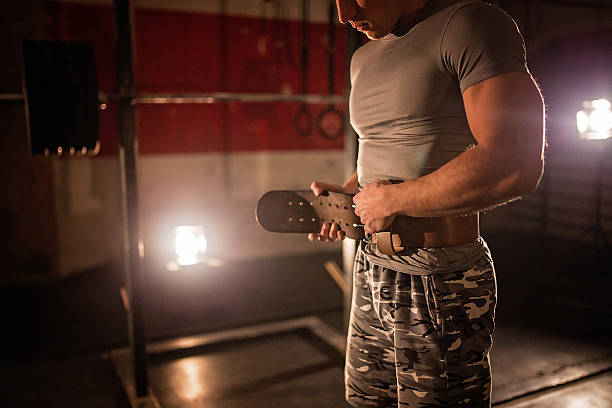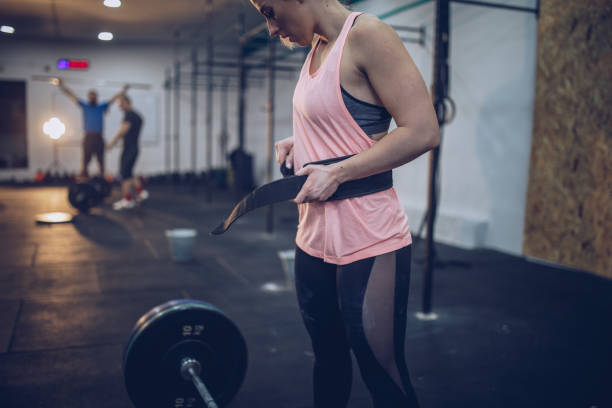Take a look around UFC gym’s weights section and the one thing you can’t miss is wide range of weightlifting accessories. Men and women alike seem to be wearing special belts, shoes, and wraps around their wrists and knees. But is there any real benefit to wearing all that armor when you workout?
While they are not a must-have for everyone, here are the main benefits of weightlifting accessories:
Weightlifting Belts

Weightlifting belts are often worn when doing powerlifting or dead lifts. It can be a reminder to keep your spine in the proper position and maintain abdominal pressure so that the spine will be stabilized.
A weightlifting belt provide support when lifting over 85 percent of your personal record (PR). However it may become a crutch, preventing you from gaining core strength benefits from your workout.
When should you use a weightlifting belt? When the weight starts getting heavy when doing compound barbell lifts like deadlifts, squats, and Olympic lifts, etc put on the belt during 2-3 warmup sets before you do your work sets.
The thicker the belt is, the harder you’ll be able to brace into it. The ideal one to buy is a thick leather belt although you can also get the nylon ones which are cheaper and can fit into a gym bag easily.
Wrist Wraps
Wrist wraps are made to provide stability and support to the wrist joints. Each wrist wrap comes with a thumb loop and a Velcro strip band.
Wrist wraps provide you with extra stability when completing high volume reps above your head. However, they could weaken your wrists and thereby increase your risk of injury if you wear them all the time.
Wrist wraps can be wound looser or tighter depending on the desired degree of stability. But do not let them sit too deep under the joint as it keeps it from doing what it’s designed to do. Another thing to keep in mind is always make sure your wrists remain mobile.
Those with mobility problems performing these exercises will not improve by merely using wrist bandages. Work on improving wrist mobility.
Finally, use wrist wraps only for high loads and heavy sets. The wrists should still get used to loads when warming up and the wraps are there only to prevent overloads.
Knee Sleeves
These are compression sleeves that slide up and over your knees. Most are made of neoprene, which is used when creating sauna and diving suits. These are incredibly popular, particularly with athletes and bodybuilders who do a lot of heavy lifting in the gym.
If you have an condition, injury or weakness in your knees, these sleeves can provide added support and enable you to maintain momentum. However, for those with healthy knee joints, wearing knee sleeves won’t help improve performance.
Weightlifting Shoes
Weightlifting shoes are supportive strength gear that athletes use to improve their performance in lifting. They come with elevated heels and stable outsoles to provide you with a larger heel to sit into when performing lower body exercises, squats and Olympic lifts.
Also called lifting shoes, it can help you keep the weight in your heels when squatting and lifting. However, it may contribute to a potential ankle injury as you age.
Before you consider buying and using weightlifting shoes, you should be able to squat well. If you are still learning to squat then don’t wear these shoes yet especially if you have some sort of mobility issue because you will pay for it at some point.
If you can already squat well, use your lifting shoes sparingly. You might be able to do most “slow” lifts such as press, squat, etc. when wearing a lifting shoe, but if you aren’t a competitive lifter, the trade-off probably isn’t worth it.
As with many aspects of fitness, include a well-rounded balance in your training. That means not to do all your lifting using weightlifting accessories but instead to include them as part of your training when needed.
